Top 10 Best HardwareTech Companies In India In 2023.
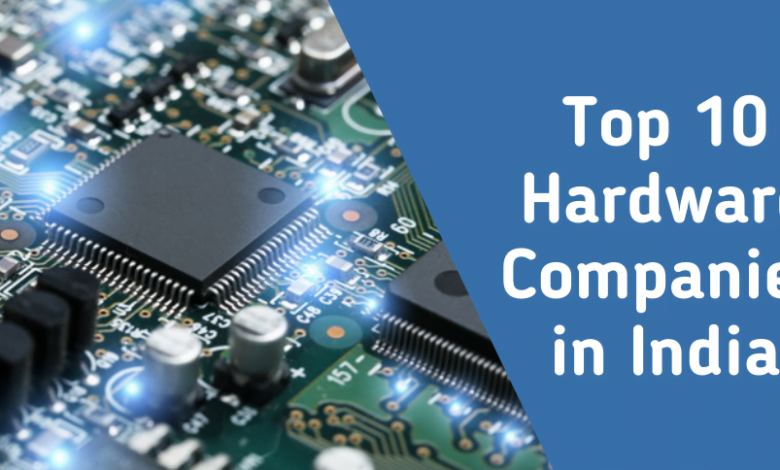
HardwareTech companies are one of the biggest sectors. The electronics and computer industries are experiencing rapid technological advancement. Hardware is the main peripheral of our lives. Many of the world’s most successful and largest corporations are involved in the development and production of products that keep people connected.
Hardware companies produce a wide range of cutting-edge hardware and equipment, including personal computers, mobile phones, printers, and networking equipment. All of these pieces of hardware can be referred to as tech hardware because they are so far ahead of previous products and packed with cutting-edge technology.
Regardless of industry, dynamic organizations always have a variety of functional needs that are met by a combination of business arrangements. You most likely have an intriguing device or solution to deal with the plethora of fundamental practices that an organization should adhere to, for example, advertising process automation, dealing with executives, ticketing, client outreach, and client relationship management.
A powerful tech stack increases complexity and creates a strategic solution that is difficult to monitor and manage. It also leads to scaling problems. Your needs will undoubtedly outgrow your current work arrangements as you grow, stifling growth and posing obstacles when you are ready to scale and achieve your business goals.
More importantly, investing in custom software development allows you to create a solution that can grow with your business. By investing in programming development, you can avoid spending countless hours testing new business solutions after your programming has become obsolete or outgrown.
You define your joining focuses using a software development solution and current software to value every member of your team and frameworks, smooth out your cycles, and rise to the top by making scaling easier and natural. The list is based on extensive research conducted by custom software development companies in major Indian cities such as Bangalore, Mumbai, Kolkata, Jaipur, Pune, Ahmedabad, Delhi, and others.
The industry expanded at the start of the era as businesses and consumers increased their spending on technology as the economy improved. The digital age has been centered on software development over the last ten years, which has increased consumer and business reliance on technology and enabled significant growth.
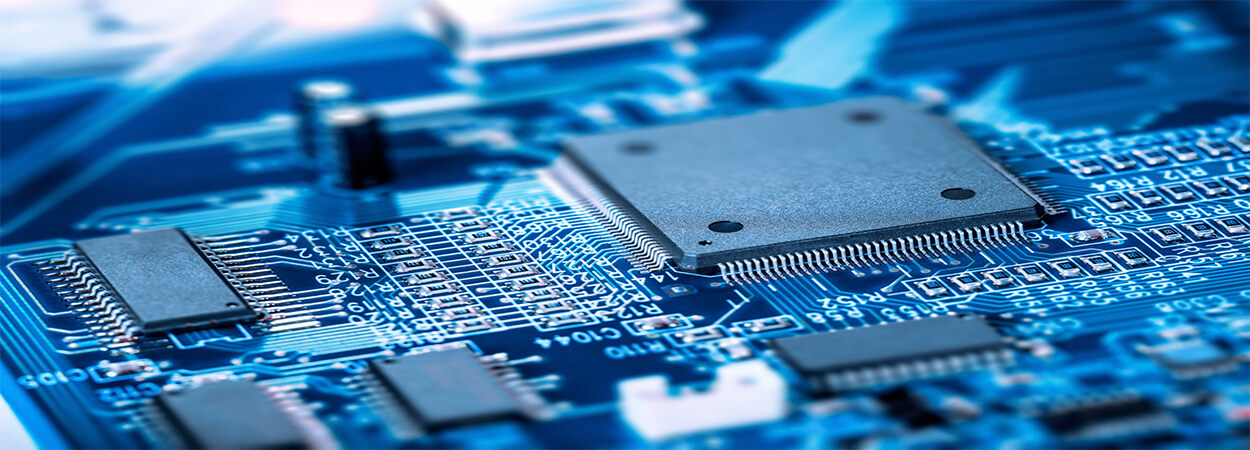
India is one of the top countries for providing business software. Indian developers’ enormous skills, superior infrastructure, and lower costs entice potential investors. Potential investors should think about investing in India’s software industry, which has a promising future.
Before developing software for your company, you should be aware of the market’s top software developers. There is a high demand for software developers in India due to the growth of small and large businesses, and thousands of businesses are currently offering software services.
Finding the best software development partner for your needs can be difficult for anyone. This article will help you find the most dependable software development partner for your business needs by listing the top 10 Hardware Tech companies in India for 2023.
The Top 10 Best Hardware Technology Companies In India In 2023
1. Acer India Limited
It is one of the world’s largest ICT companies, with operations in more than 160 countries. Acer employs over 7,000 people who connect people and technology through product design, development, marketing, and sales. Their offerings combine IoT, virtual reality, and service-oriented technologies. Acer has never looked back since its debut in India in 1999. They are one of India’s most admired and sought-after companies due to their customer-centric mindset, passion for innovation, and contribution to the country’s economic progress and development.

2. Compuage Infocom Limited
As a strategic alliance of vendors and partners, we provide SOHO, SMB, Mid-size, Large Enterprises, and Government Organizations across numerous industries with the support they need to achieve previously unheard-of levels of business performance. The nationwide network of 46 offices and 69 service centers allow Compuage’s 12000+ online and offline partners, stakeholders, and system integrators to conduct business easily. Innovative marketing programs, logistical support, technical support, financial support, and product aggregation and distribution all play critical roles in providing opportunities to vendors and resellers in the technology value chain.

3. Dell International Services India
Dell, headquartered in the United States, is a multinational computer technology corporation. It is a major producer, seller, and repairer of computers as well as other computer-related goods and services. It is owned by Dell Technologies, its parent company. Dell International Services Pvt. Ltd. Ltd. provides contact centers, information technology, and research and development services. Ltd. We offer planning, design, development, testing, and architectural services to our clients. Dell International Services serves customers from all over the world.
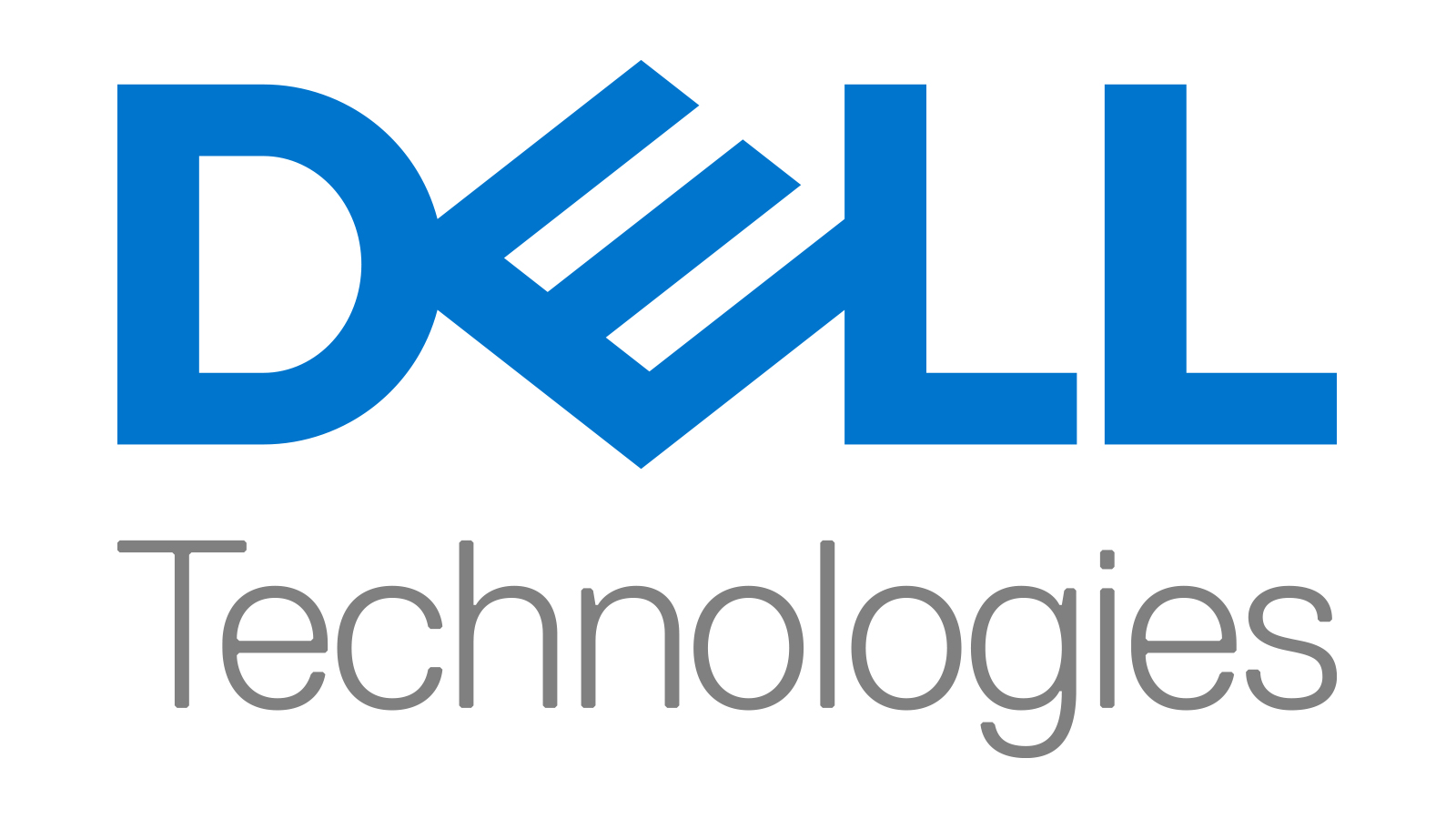
4. HCL Infosystems Ltd.
The company is a multinational Indian IT services provider based in Noida. Shiv Nadar is the co-founder and CEO of the integrator and distributor HCL Infosystems. Distribution of consumer goods, mobility, and technology are all available. HCL Infosystems offers a wide range of IT & Technology Products as well as high-quality IT Services in both established and emerging technology. HCL empowers its clients across industries to gain and maintain a competitive business edge as Your Technology Lifecycle Partner.
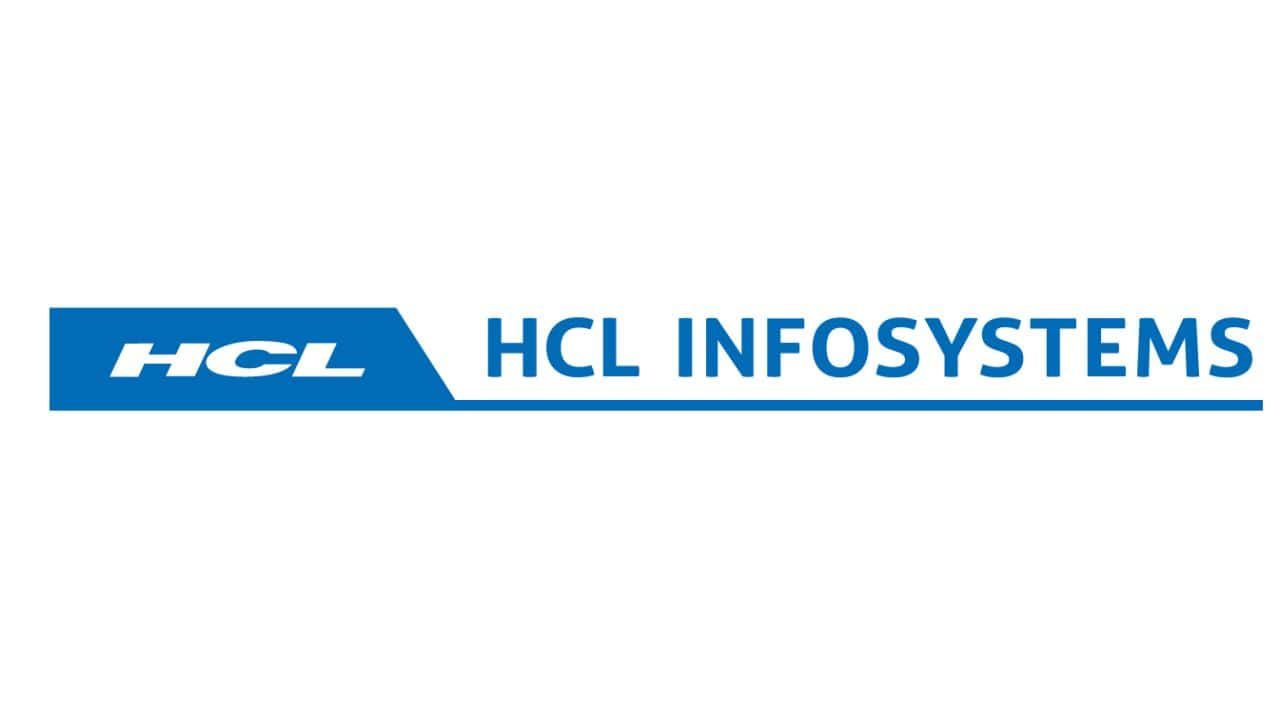
5. Ingram Micro Private Limited
By maximizing the value of the technology that they develop, market, or use, Ingram Micro assists businesses in discovering and realizing the potential of technology. Through its extensive global infrastructure and focus on cloud, mobility, technology lifecycle, and supply chain solutions, Ingram Micro assists its business partners in operating more successfully and efficiently in their respective markets.
We can capitalize on the value of our location at the intersection of thousands of vendor, reseller, and retailer partners because of their ability to develop, customize, and deliver highly targeted applications for industry verticals, business-to-business customers, and commercial needs. It has recently established itself as one of the most competitive industries.

6. Intel Technology India Private Limited
It is a company based in India. It is an Indian private company. Intel’s Bangalore sales office first opened its doors in 1988. Ten years later, the Intel India Development Center (IIDC) began operations. The Intel Interactive Design Center is a major engineering and development facility for Intel® processors, graphics, SoCs, platforms, and software (IIDC).
IIDC is an IT expert center specializing in factory automation. Furthermore, Intel India is expanding its research and development initiatives to include High-Density Packaging, Thermal Management, and Health Platforms. By bringing together engineers from around the world and India, the Intel India Systems Research Center transforms how we live, work, and play.
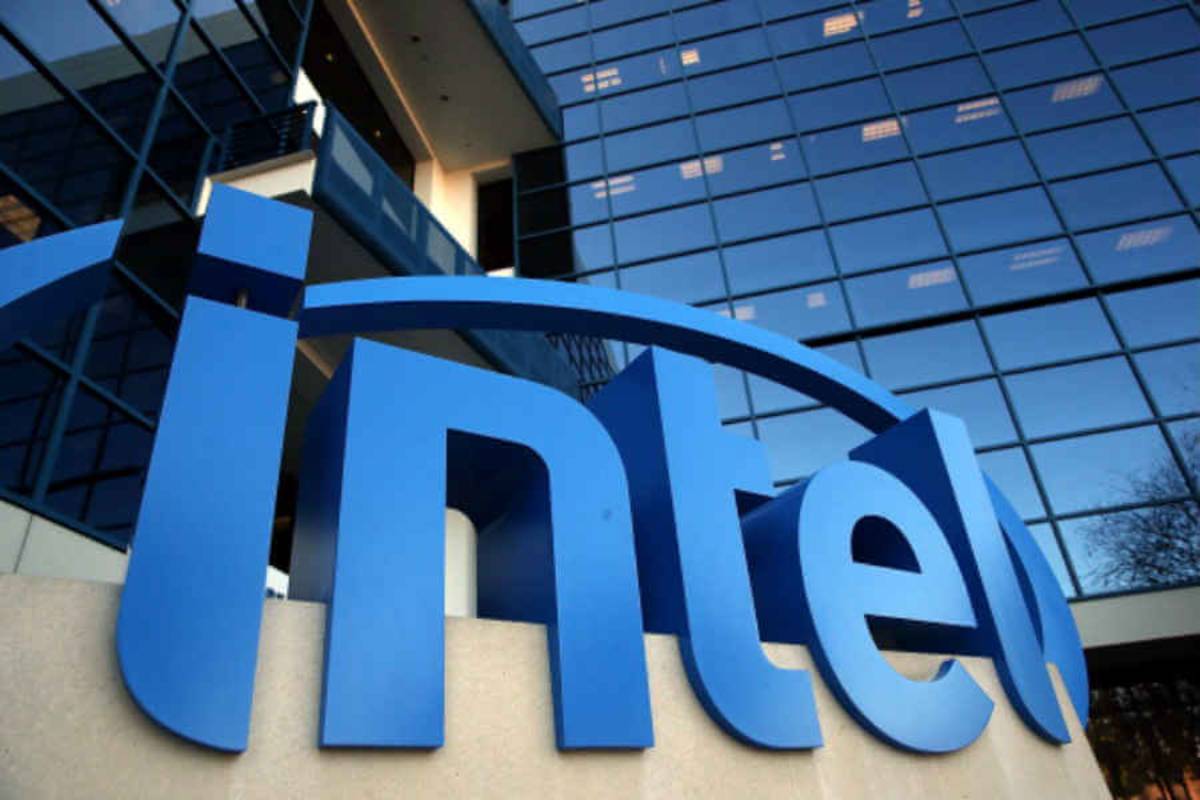
7. Iris Computers Ltd.
Inflexionpoint Acquisition Corporation purchased the company in 2013 after it was founded in 1996. It is one of the top ten IT Hardware and Telecom companies in India. Iris Computers, an electronics distributor and marketer, sources its products from Dell, Lenovo, Western Digital, Samsung, Acer Inc., Hewlett-Packard, IBM, and other manufacturers. Iris storage and server products are distributed through a large channel network that includes over 6000 channel partners, aggregators, regional distributors, large format retailers, and large SI partners. There is also a project management service available.
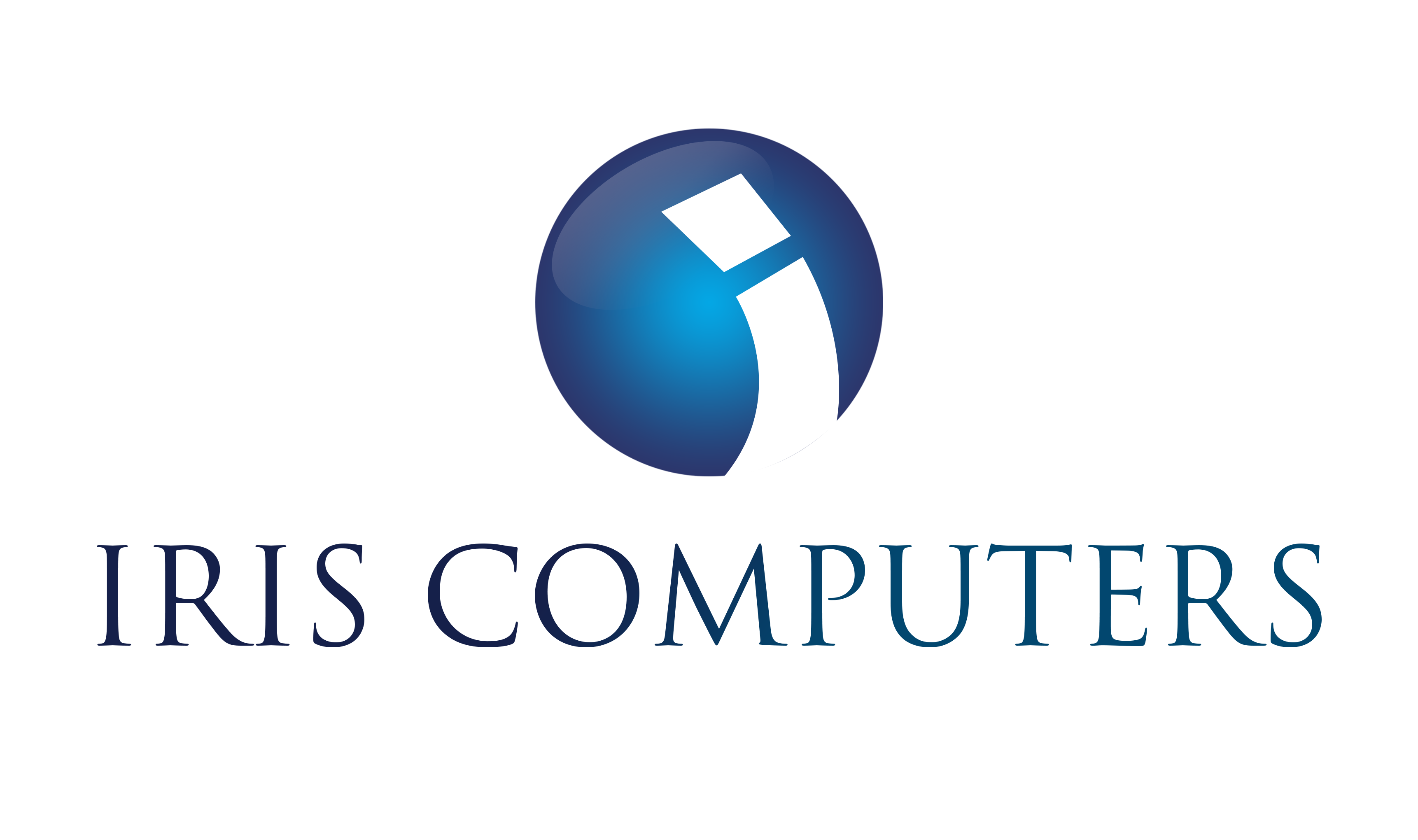
8. Intex Technologies India Private Limited
It is a company based in India. Intex Technologies, a leading company in India, was founded in 1996 and has a strong presence in the Personal Care Appliances, Consumer Durables, Speakers, and IT & Mobile Accessories markets. It has four manufacturing facilities in India, three of which are in Noida, Jammu, and Baddi (Himachal Pradesh), and it produces a wide range of products.
The Indian government’s Make-in-India initiative is strongly supported by Intex. SAP, a leading collaborative business solution, manages the company’s operations through the use of a Virtual Private Network. Intex began domestic manufacturing in 2004 and has since grown into a profitable hardware company.

9. Lenovo India Private Limited
It is an Indian corporation. The company was founded in Beijing, China, in 1984. Mobile devices, tablets, peripherals, televisions, printers, scanners, storage devices, desktops, smartphones, servers, and netbooks are all part of its product portfolio.
Lenovo (India) Private Limited was established as a non-governmental organization on March 8, 2005. A private, unlisted company is a “Company limited by shares” with an authorized capital of Rs. 120000.0 lakhs and a paid-up capital of Rs. 86074.72 lakhs. On September 28, 2017, Lenovo (India) Private Limited held its annual general meeting. The company’s financial statements were updated on March 31, 2017, according to the Ministry of Corporate Affairs (MCA). Lenovo (India) Private Limited has been providing business services for the past 17 years. The business is currently operational.
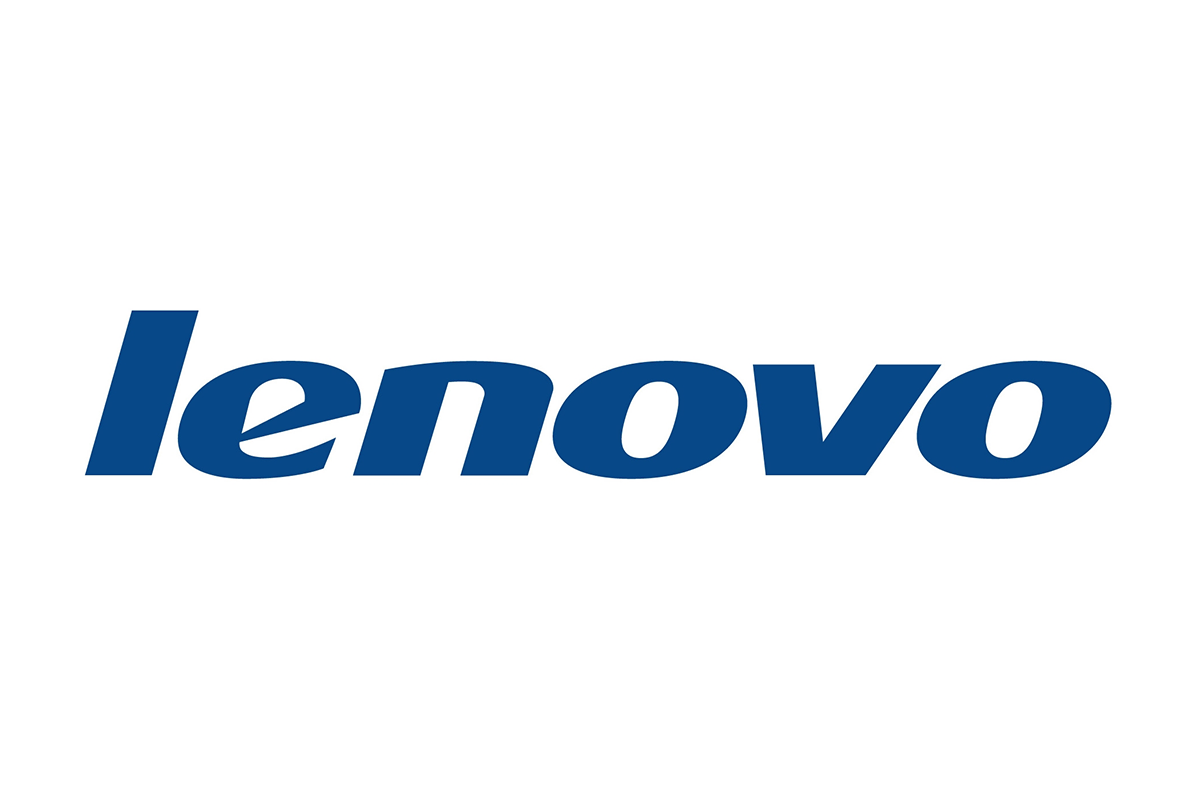
10. HP India Sales Pvt. Ltd.
HP is a California-based multinational corporation. The company provides a diverse range of products. It creates, distributes, and records ready-made (non-customized) software like computer games, operating systems, and business applications.
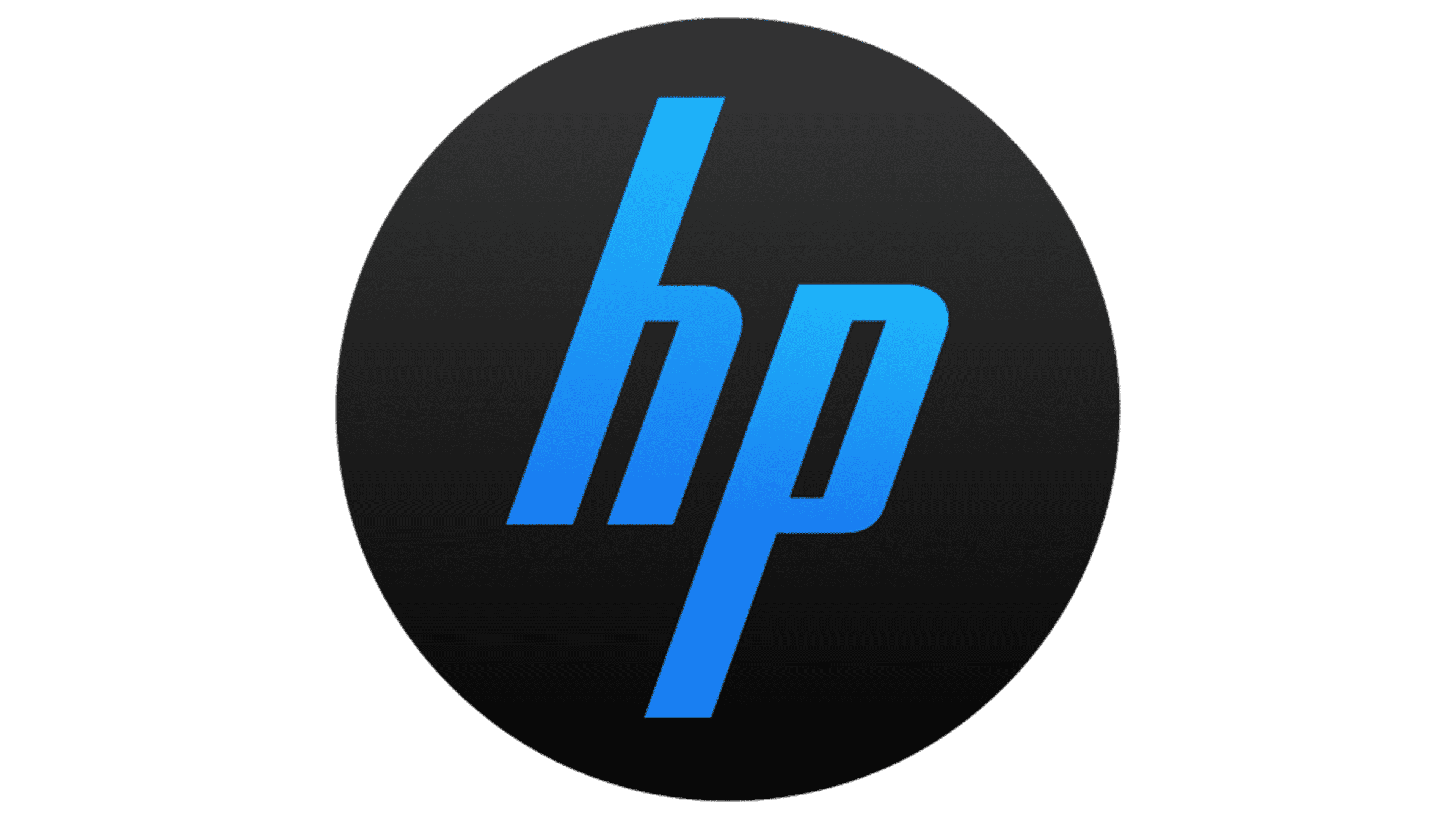
What exactly is computer hardware?
Any analog or digital component of a computer is referred to as “computer hardware.” The written, machine-readable instructions and programs that tell computers what to do and when to do it are referred to as software. Hardware, on the other hand, refers to a computer’s physical components.
Software and hardware work best together. A computer must have both hardware and software in order to function properly and produce useful results.
In computers, there are two types of hardware: internal and external. External components can supplement or enhance the capabilities of a computer, whereas hardware components are typically internal to a computer and are required for normal operation.
What types of hardware can be found inside computers?
Internal components receive instructions from programs or operating systems (OS), which they collectively process or store. Among them are the following:
Motherboard: This component houses the central processing unit (CPU) and other critical components and serves as the hardware’s central hub.
CPUs process and execute digital instructions from various programs; the speed of their clocks influences how quickly a computer processes data.
RAM: This type of memory allows programs to access data quickly. Because RAM data is volatile, it is lost when the computer is turned off.
Hard disk drives are physical storage devices capable of storing both temporary and permanent data in a variety of formats. Programs, operating systems, files, images, and so on are examples.
A solid-state drive (SSD) is a type of solid-state storage device that stores data even when the computer is turned off by using NAND flash memory technology. SSDs can perform this function because they are non-volatile.
Optical drive: A device’s drive bay houses the hard drive, read-only memory compact discs, and digital video discs.
A heat sink is a piece of passive hardware that uses heat to control or lower component temperatures, allowing it to operate for as long as possible. A heat sink is usually installed alongside the CPU, which is the internal component that produces the most heat.
To process graphics data, the graphics processing unit is frequently used in conjunction with the primary CPU.
A network interface card (NIC), which is a circuit board or chip, connects a computer to a network. They are commonly used to connect to Ethernet networks and are also known as network adapters or local area network adapters. Other internal hardware components of computers include the USB port, power supply, transistor, and chip.
What precisely do you mean by “external hardware elements”?
Peripheral hardware is hardware that is separate from a computer and controls input or output operations through external connections. These software-related devices either provide instructions to the software (inputs) or output the software’s execution results (outputs).
The following are some common input hardware elements:
- A mouse controls the movement of the cursor on a computer screen and interacts with objects. You have the option of using a wireless or wired mouse.
- Text, numbers, and special characters can be entered using keyboards with the standard QWERTY key layout.
- Microphones are used in computer-based audio communication to convert sounds into electrical signals.
- Camera: A camera captures visual images, which are then streamed to a computer or network device by the computer.
- Touchpad: Whether a laptop screen is external or built-in, input devices like a touchpad control the pointer on the screen. This mouse is typically used in place of an external mouse.
- An external USB flash drive is a removable memory device that uses flash memory and connects to a computer via a USB port.
- A memory card, also known as a CompactFlash card, is a type of external storage device that can hold files or media.
- As input devices, a scanner, a stylus, and a joystick are used.
Software vs. hardware
The components of a computer that store and execute software instructions are referred to as hardware. In essence, the software is a device component that allows users to interact with hardware. Here are some examples:
- Utilities related to operating systems
- A program that governs how a computer acts.
- These programs typically process user-supplied data.
- Virtual keyboards on mobile devices and laptop computers are also considered software due to their non-physical nature.
- To produce useful results, a computer’s software and hardware must work properly.
Viruses, Trojan horses, spyware, and worms are examples of malicious software that can disrupt computer operations and software applications. Malware, on the other hand, has no impact on hardware. Malware, on the other hand, can have additional effects on a system.
It may require a large amount of memory or even the entire hard drive on a computer, depending on its size. When this occurs, a computer’s performance may suffer and legitimate software may fail to function properly. Malware may also prevent users from accessing files stored in the computer’s hardware store.

What is the definition of hardware virtualization?
Virtualization is the process of separating physical computing resources from the software that uses them. For some computing tasks, “hardware virtualization” refers to creating virtualized versions of hardware using software rather than actual, physical hardware.
Hardware virtualization, also known as platform virtualization or server virtualization, is performed on a hardware platform by host software. A hypervisor uses virtual machines to virtualize internal hardware. Operating systems and applications can make better use of hardware resources by sharing them from a single physical machine.
IaaS is a service delivery model that allows customers to access hardware resources via the Internet. IaaS is a cloud computing and hardware virtualization service. Cloud service providers such as Amazon Web Services and Microsoft Azure offer all of the components found in an on-premises data center, including servers, storage, networking, and virtualization software.
The majority of hardware-as-a-service (PaaS) providers only host hardware and not software. IaaS and CSPs, on the other hand, provide both hardware and software. A SaaS provider will typically provide the following additional services in addition to infrastructure components:
- Billing
- Monitoring
- Access records
- Security
- Distribution of load
- Clustering
- As storage resilience services, CSPs offer automated backup, replication, and disaster recovery.
What is hardware as a service, exactly?
For years, individuals and organizations have purchased computer hardware and replaced or upgraded it on a regular basis. They can, however, rent hardware from a service provider, whether virtual or physical. The hardware’s software and physical components must be kept in good working order by the provider.
One of the primary benefits of HaaS is that it allows organizations to shift from a capital expenditure budget to a more cost-effective operating expense budget by reducing hardware purchases and maintenance.
Furthermore, because the majority of HaaS offerings are pay-as-you-go, organizations can better manage costs while still having access to the hardware required for operational and business continuity requirements.
A managed service provider (MSP) installs physical components for HaaS on the client’s premises. Both parties are held accountable for their responsibilities under service-level agreements (SLAs). The customer may pay a monthly fee to use the hardware or be included in the installation, monitoring, and maintenance fees, depending on the MSP’s fee structure.
MSPs are in charge of repairing or replacing broken or obsolete hardware. Depending on the SLA, proprietary data may be deleted during hardware decommissioning, physical hard drives destroyed, and obsolete equipment legally recycled.
The Indian IT hardware market had a mixed year in 2019. While some industries experienced impressive growth, others remain in decline as a result of factors such as the Covid-19 pandemic, shifting technological dynamics, and an uncertain future.
The Indian PC market expanded at the fastest rate in six years, while the printer market declined. Similarly, after steadily growing for the first three quarters, the storage market collapsed in Q4, setting a record low for average year-over-year growth. Throughout the year, the Indian server market has been steadily declining.
The Covid-19 pandemic dealt a significant blow to the industry by causing the market to collapse, disrupting the supply chain, and thus halting shipments, while also injecting some pessimism into an already cautious market. This trend is expected to continue in 2020, according to experts.
The Computer Industry
According to IDC, the traditional PC market in India, which includes desktops, notebooks, and workstations, grew by 18.1% year on year and shipped 11 million units. Furthermore, in the previous six years, 2019 was the largest year for PC shipments. Government-sponsored educational initiatives and Windows 10 upgrade purchases fueled the growth.
With 2.3 million shipments in the fourth quarter of the year, there was also a healthy 16.5% YoY growth, owing largely to the commercial segment’s strong 26.5% annual growth. Furthermore, after declining for five consecutive quarters, the consumer segment increased by 4.6% year on year in 4Q19, shipping nearly 950 thousand units.
Notebook PCs are becoming increasingly popular among consumers, businesses, and educational sub-verticals as they become lighter, thinner, and more mobile. In 2019, notebook PC shipments reached their highest-ever annual levels, with a 67.7% category share. Banking and financial institutions’ refresh purchases aided the desktop category’s 5.7% to 30.7% year-over-year growth.
Vendors have been concerned about Intel’s CPU shortage all year. This enabled AMD to enter specific markets while also assisting vendors in filling gaps. With a 70.8% market share in the traditional PC category, Intel remains the industry leader in processors.
Highlights of the HardwareTech Segment
Large government education projects, Windows 10 refresh orders, and vendor initiatives to target SMEs even in lower-tier cities and assist them with simple financing options were the main drivers of the commercial segment’s strong growth in 2019, accounting for 44.8% annual growth.
The commercial sector grew in each of the four quarters of 2019. Vendors struggled to achieve significant consumer market growth despite expanding their portfolio of ultra-slim devices with more powerful processors and improved performance. Gaming-based PCs were a notable growth area in 2019, increasing 51% year on year. In 2019, most vendors increased their gaming notebook shipments, but Asus stood out as the top supplier, shipping one out of every four gaming notebooks.
Lenovo dropped to second place in the fourth quarter of 2019, but it remains the year’s leader. Lenovo experienced annual growth in each of the year’s four quarters, with its commercial segment growing 32.1% year over year and its consumer segment growing 13.5% year over year in the final quarter.
HP reclaimed first place in the fourth quarter, thanks to an 8.6% increase in shipments over the previous year’s period. The company finished second overall for the year. The completion of a few education deals, as well as strong growth in the enterprise segment, were the primary drivers of growth in the fourth quarter of 2019.
Dell Technologies finished third in the fourth quarter of 2019 and third overall. The vendor had seen consistent growth in the mid-market segment as well as strong growth in the commercial segment, which was fueled by refresh orders from its international accounts. However, vendor difficulties persist in the consumer market, with shipments remaining flat compared to the same quarter last year, according to research firm IDC.
SMBs in India will present a significant opportunity for PC vendors in the coming years as they work to adopt new technologies as part of their digital transformation journeys. Vendors must be more innovative to meet the aspirations of this market segment, which necessitates a concerted effort to strengthen the ecosystem that supports small and medium-sized businesses.
The Server Market
Due to a significant decline in x86 server revenue, the Indian server market shrank by 10.13 percent in FY19-20. According to IDC, the overall server market in India fell 22.1% year on year (YoY) in Q4 2020, falling to $232.1 million in 1Q2020 (Jan-Mar) from $298.0 million in 1Q2019. The x86 server market generated 85.2% of total revenue.
Professional services and telecommunications are still significant contributors to the x86 server market, followed by banking and manufacturing. In the first quarter of 2020, significant transactions occurred with telecom vendors, nationalized banks, digital wallet providers, multinational semiconductor manufacturers, and various federal government agencies.
The x86 server market’s revenue fell 25.3% year on year, from $264.9 million in the same quarter of 2019 to $197.9 million in the fourth quarter of 2020. According to IDC, the decline was caused by a lack of spending by global hyperscalers, which spilt over into the next quarter.
Customers had to wait for previous orders to arrive before placing new ones due to the pandemic’s restrictions on the movement of goods. The impact of Covid-19 on the industries’ financial and operational balance is expected to cause a further drop in the market in the second quarter of 2020. Due to federal government spending, bank upgrades, and telecom vendor network modernization initiatives, a recovery is expected in the second half of 2020.
In the most recent quarter, the non-x86 server market increased by 3.6% year on year, generating $34.2 million in revenue. IBM maintains its market dominance, accounting for 74.1% of total revenue with $25.4 million. IBM’s server offerings are increasingly being used by banks for core banking and internet banking workloads. As a result, banks accounted for 79.4% of its revenue, with manufacturing coming in second. Oracle and Hewlett Packard Enterprise (HPE) came in second and third, with 14.6% and 11.3% revenue shares, respectively.

In Q3 2020, the overall server market in India fell 2.8% year on year (YoY) to $299.6 million, down from $308.1 million in the previous year’s corresponding quarter. In terms of revenue, the x86 server market accounts for 88.1% of the total server market. The primary contributors to the x86 server market were professional services, education, telecommunications, manufacturing, and banking. Significant transactions involving Indian education, high-tech semiconductor manufacturing firms, nationalized and payment banks and telecommunications vendors occurred at the time.
In the third quarter, revenue in the x86 server market fell 1.2% year on year, falling to $264.0 million from $267.1 million in the same period last year. According to IDC, the professional services vertical, which includes traditional IT/ITES firms and public cloud providers, saw a 24.1% decrease in revenue and now accounts for 36.1% of the market.
Banking, telecommunications, and manufacturing spending, on the other hand, increased by 33.5%, 42.9%, and 18.4%, respectively. According to the research firm, the education vertical experienced the highest YoY growth in the x86 market during that time period, at 189.9%.
Revenue in the non-x86 server market fell 13.2% year on year to $35.6 million. With a 74.0% revenue share, IBM leads the market, followed by Hewlett-Packard Enterprise (18.2%) and Oracle (7.8%). Banking continues to be the most profitable vertical, accounting for 75.2% of revenue, followed by manufacturing (12.3% and 3.6%, respectively).
Revenue in the market increased by 0.8% in the second quarter to $280.1 million in the third quarter of 2019, up from $277.8 million in the third quarter of 2018. The non-x86 server market, which saw significant deals from major public and private banks in India during the third quarter of 2019, is the primary driver of this growth.
Market revenue fell 1.0% in the first quarter to $350.2 million, down from $353.9 million the previous year. In terms of revenue, the x86 server market accounted for 89.9% of the total server market. The professional services, telecommunications, and retail industries drove the x86 server market. Indian telecom service providers, nationalized banks, IT and ITeS customers, and e-retailers all made significant investments in this market segment at the time.
Experts predict that the industry will proceed cautiously and withhold spending as a result of market pessimism caused by Covid-19. The industry should closely monitor the next two quarters before making large-scale server space investments.
Outside Storage
The Indian external storage market had been steadily growing at a rate of around 10% prior to the release of Covid-19 in Q4. Traditional investors such as governments, banks, and professional services organizations have been pouring money into the system. Still, there was a tendency to be cautious and wait-and-see in the most recent quarter, causing the industry to experience a year-long decline.
In the fourth quarter of the fiscal year 2019-20, external storage vendor revenue fell 20.6% year on year (YoY), reaching USD 87.8 million in 1Q20 (Jan-Mar). Organizations in the professional services, manufacturing, and telecommunications industries accounted for the majority of the YoY decrease in storage spending.
As a result of COVID-19, most organizations have reduced their IT budgets for this fiscal year (FY2020), according to IDC. Businesses are reconsidering CAPEX spending and would only invest if there was a pressing need; otherwise, they would use OPEX models. Organizations are shifting to public cloud services to avoid capital expenditures during these difficult economic times (backup and DRaaS).
In the first quarter of 2020, All-Flash Arrays (AFA) accounted for 37.6% of the external storage system market. More organizations are expected to adopt new-age flash technologies with the introduction of NVMe in response to the rising demand for high-density applications such as artificial intelligence, machine learning/deep learning, real-time analytics, and so on.
Due to increased investments from banking and government organizations, the market for high-end storage systems increased by 3.7% year on year in 1Q20. In Q120, the entry and midrange storage markets declined by double digits year on year, according to IDC.
Due to cash flow issues, organizations are expected to postpone IT spending on technology upgrades in favour of new projects that would increase automation, improve performance, and reduce costs. Businesses will prioritize initiatives such as digital transformation in terms of vendor revenue. Hewlett Packard Enterprise (HPE) trailed Dell Technologies by 31.4% in the first quarter of 2020, with a 15.9% market share. Hitachi and IBM both saw strong year-on-year growth as a result of large contracts won in the first quarter of the year from banking and government organizations, respectively.
External storage sales in India increased 6.0% year on year (YoY) in the third quarter, reaching $91.0 million. Banking, professional services, government, manufacturing, and telecommunications accounted for 81.2% of the overall external storage market at the time.
Vendor revenue in India’s external storage market increased by 8.0% year on year (YoY) in the second quarter, reaching USD 91.8 million. In Q2, the external storage market was dominated by professional services, banking, government, industry, and telecommunications, accounting for 83.2% of the total.
In the first quarter of 2019, external storage sales in India increased by 16.4% year on year (YoY), totaling $101.8 million.
Professional services and banking investments motivated by infrastructure modernization, technology upgrades, and investments in emerging technologies drove growth in the second quarter of 20. High-end storage increased by 69.6% year on year in 2Q19, owing to significant wins in the FSI, Government, Media, and Telecommunications sectors. The entry and midrange external storage markets grew year on year in the second quarter of 2019, according to IDC’s quarterly tracker.
To meet the ever-increasing storage needs caused by Digital Transformation initiatives, there is a clear need for innovative storage technologies. In the storage industry, object storage, software-defined storage, and hyper-converged infrastructure are gaining traction.
The Indian market.
Self-healing automation technologies, even at the infrastructure layer, as well as consumption-based pricing, are becoming increasingly important in the digital economy to reduce CAPEX and avoid unnecessary infrastructure over-provisioning. To meet these demands, some of the industry’s leading vendors are incorporating machine learning and deep learning into infrastructure and have begun to offer consumption-based pricing.
Experts predict that the market will grow at a single-digit compound annual growth rate (CAGR) from 2019 to 2024, with storage spending decreasing significantly in CY 2020 due to the impact of Covid-19.
Printers’ Industry
In CY2019, the India Hard Copy Peripherals (HCP) market, which includes printers and copiers, shipped 3.5 million units, a 4.7% year-on-year decrease. Weak demand and the shift to ink tank printers further harmed the market, resulting in an 11.8% decline in laser printers (excluding copiers), accounting for the majority of the annual decline.
Strong corporate demand and the ongoing decline in the market for refurbished copiers aided the 6.9% growth of the laser copier market. The inkjet market fell by 0.1% but remained steady. The inkjet market accounted for more than half of the market by the end of the year.
In 4Q19, market unit shipments were 0.79 million, a 7.3% decrease year on year. 4Q19 demand was low due to the channel’s overstocking in 3Q19 and the general consumer attitude.
With a 7.0% increase, ink tank printers now control 73.2% of the inkjet market. For the first time in 2H19, the Ink Tank segment outpaced the overall laser printer segment. The laser copiers market grew by 6.9%.
The original copier segment grew in 2018 as a result of the government’s strict regulation of the refurbished copier (RC) market, which included increased seizures of illegal units at major ports and was expected to continue in 2019. According to IDC’s quarterly tracker study, the market had returned to its normal rate of growth by the second half of 2019.
Top 3 Brand Benefits:
Despite a 7.4% year-on-year decline in the HCP market in CY2019, HP maintained its market leadership with a 39.1% market share. Due to effective channel strategies and end-user promotions, HP’s Ink Tank shipment increased by 14% year on year. The Laser A4 dropped 9.7% year on year, the most since CY 2009. On the plus side, HP increased its copier market share by 29.4% year on year.
With a 26.8% market share, Epson maintained its second-place position in the overall CY2019 HCP market. Furthermore, it maintained its dominance in the inkjet market with a 45.7% market share and 1.4% year-on-year growth. Despite the low market sentiment, Epson’s consistent performance in the first half of the year can be attributed to its strong brand recall, channel depth, and multiple-channel strategies.
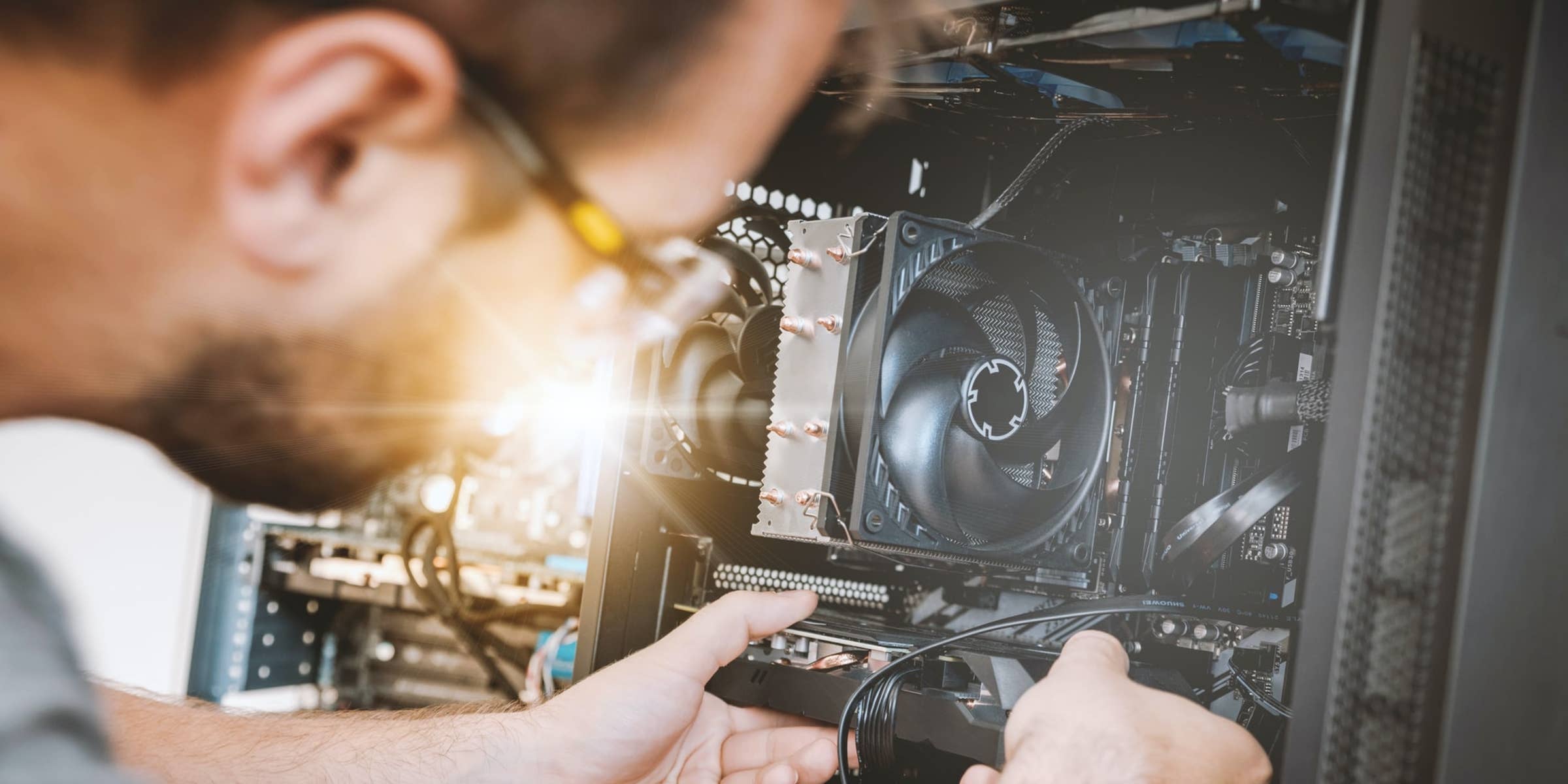
Despite a 6.3% year-on-year decline in CY2019, Canon remained third in the HCP market. Due to its strong corporate connections and consistent flow of government orders, it maintained its top position in the copier segment with a 29% unit market share. Canon increased its focus on the Ink Tank segment by launching new models, enticing channel schemes, and end-user promotional campaigns, resulting in strong YoY growth of 15.7%. Canon surpassed HP to take second place in the Ink Tank market in the second half of 2019.
There is a lot of uncertainty because of the Covid-19 pandemic, which has resulted in multiple tranches of a nationwide lockdown, and this uncertainty causes frequent changes in the outlook for the coming quarters. Even if conditions improve in 3Q20, vendors can expect a slowdown in consumer demand as consumers shift their spending toward necessities.
Nonetheless, IDC anticipates that the Indian HCP market will begin to recover in the third quarter of 2020 as economic growth begins to pick up. Vendors are likely to be aggressive with their marketing and promotional campaigns during 4Q20 in order to capitalize on the holiday season.
Edited by Prakriti Arora




